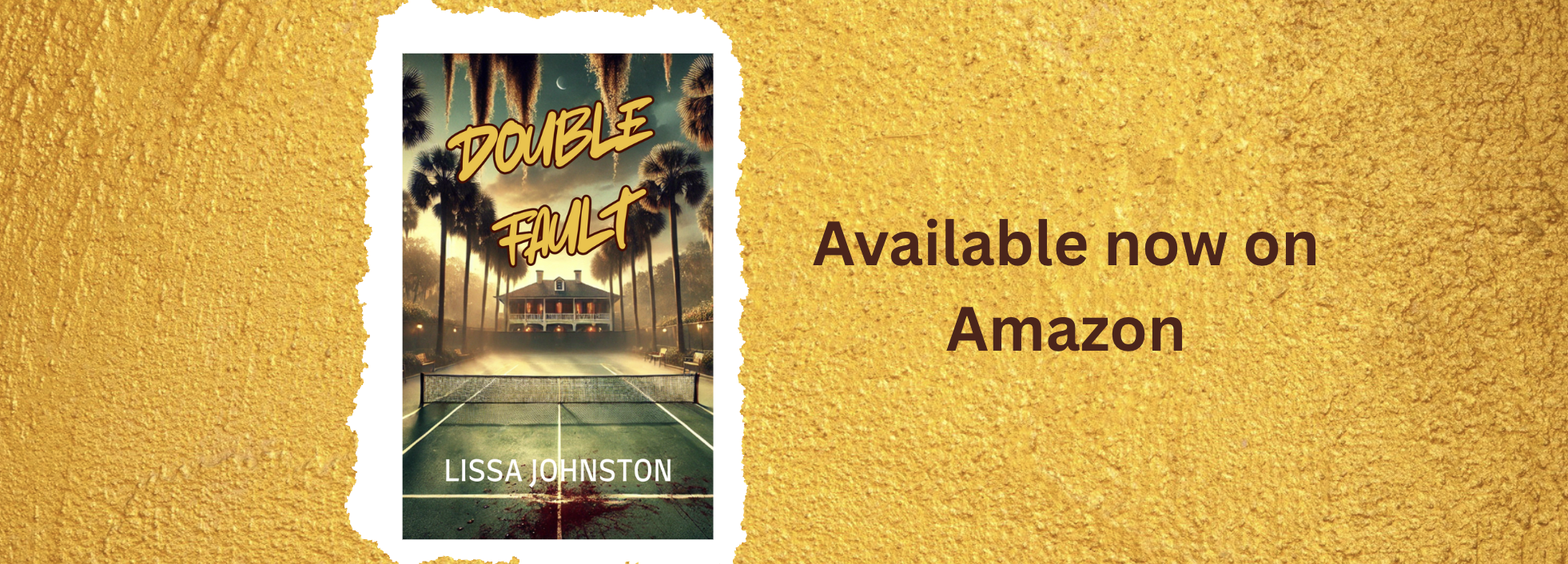This post originally appeared in 2013.
Our recent unseasonably warm winter was interrupted by reality, which means a perfect day for hightailing it to the movie theater. The hubs and I went to see Zero Dark Thirty, Kathryn Bigelow's infotainment ditty about the hunt for Osama bin Laden.
We had recently seen National Geographic's quasi-documentary on this topic (which was pretty good) and were looking forward to the cinematic version. ZD30 didn't disappoint, exactly. As with Argo, I often found myself wondering how much was fact and how much was massaged or fictionalized to enhance the storytelling. I am sure there are loads of websites more than willing to break it all down for you, like this article for example. The movie was basically well made, straightforward with the facts, and remained entertaining even though everyone knows before purchasing the ticket how it is going to end. And that's the tricky part, isn't it? The screenwriter and the director have to make the telling of the tale the thing, rather than relying on cheap pyrotechnics and nonsensical plot twists. I believe they succeeded. The last half hour or so when the mission is finally given the green light is gripping.
I am hedging a little on a ringing endorsement because either due to my middle aged hearing or the sound quality of the film, there were many instances when I could not understand everything that was being said. The film is pretty dialogue-heavy and expects the audience to keep up, so you definitely don't want to miss anything. This is a film I would gladly see again, or, even better, purchase a copy to watch multiple times to enjoy the nuances that I fear I lost the first time through.
Maybe I haven't read enough reviews, but isn't anyone else impressed that a young woman was the motivating factor, against the odds, behind the hunt for more than ten years? If the ratio of women to men in the film is an accurate representation of staffing at the CIA, why isn't the gender issue being talked about more? I would think the feminists would be taking this and running with it (in a good way! Go, Maya!). When I think of CIA staff, I think either of paunchy, balding bureaucrats or James Bond-like operatives. This fresh faced innocent-looking young woman would look more at home riding herd on a kindergarten class field trip to the zoo than an international man hunt for a terrorist with a $25 million bounty on his head.
Lastly, a counterpoint to this review and others offended by the aspect of torture in this film and elsewhere. I didn't notice who the author was until I double-checked it for this post to see if it was male or female. I was disappointed to find it was Matt Taibbi of Rolling Stone. I love his work and have been following him off and on for years. We usually agree on everything. But not this. Before I realized Taibbi was the author, I had a feeling it was a liberal female recent college grad (read: young and naive to the ways of the world). Sorry, Matt! But his comments on torture just ring so unrealistic IMO. So USA is supposed to take the high road and lead by example by abandoning our admittedly brutal interrogation techniques and instead treating our enemies with dignity and respect, because, hey, we all know they will be SO impressed they will immediately follow suit, stop torturing their own prisoners, stop attacking us at every opportunity, and invite us over to the campfire for hummus and Kumbaya (insert indignant snort here)? If only it were so.
But it isn't. There are bad people out there who want to do us harm. Fancy technology can only get us so far. Do I wish we had a more effective way to elicit important information from our enemies? Sure. I even wish we didn't have any enemies. I also wish I was a trust fund baby, and that this blog actually paid me a living wage. But none of those things are likely to happen any time soon, so we must accept reality. It stinks, but it's better than the alternative, which if Mr. Taibbi and others had their way, would leave us as an international door mat, feeling oh so much better about ourselves that we are superior human beings as we become sitting ducks for the next terrorist attack. Thanks, but no thanks. Good manners during war time went out with the Charge of the Light Brigade. Cavalry units in immaculate uniforms have morphed into bearded men with explosives hidden in their shoes or underwear. The rules of engagement went missing long before two planes deliberately crashed into the New York City skyline. So man up, Mr. Taibbi. Bombs, drones, undercover surveillance, and yes, torture, are all part of the game.
Thanks for reading! If you enjoyed reading this, I hope you'll take a minute to subscribe to my newsletter.











